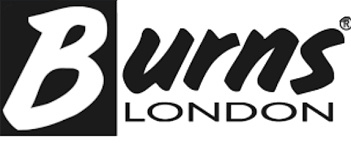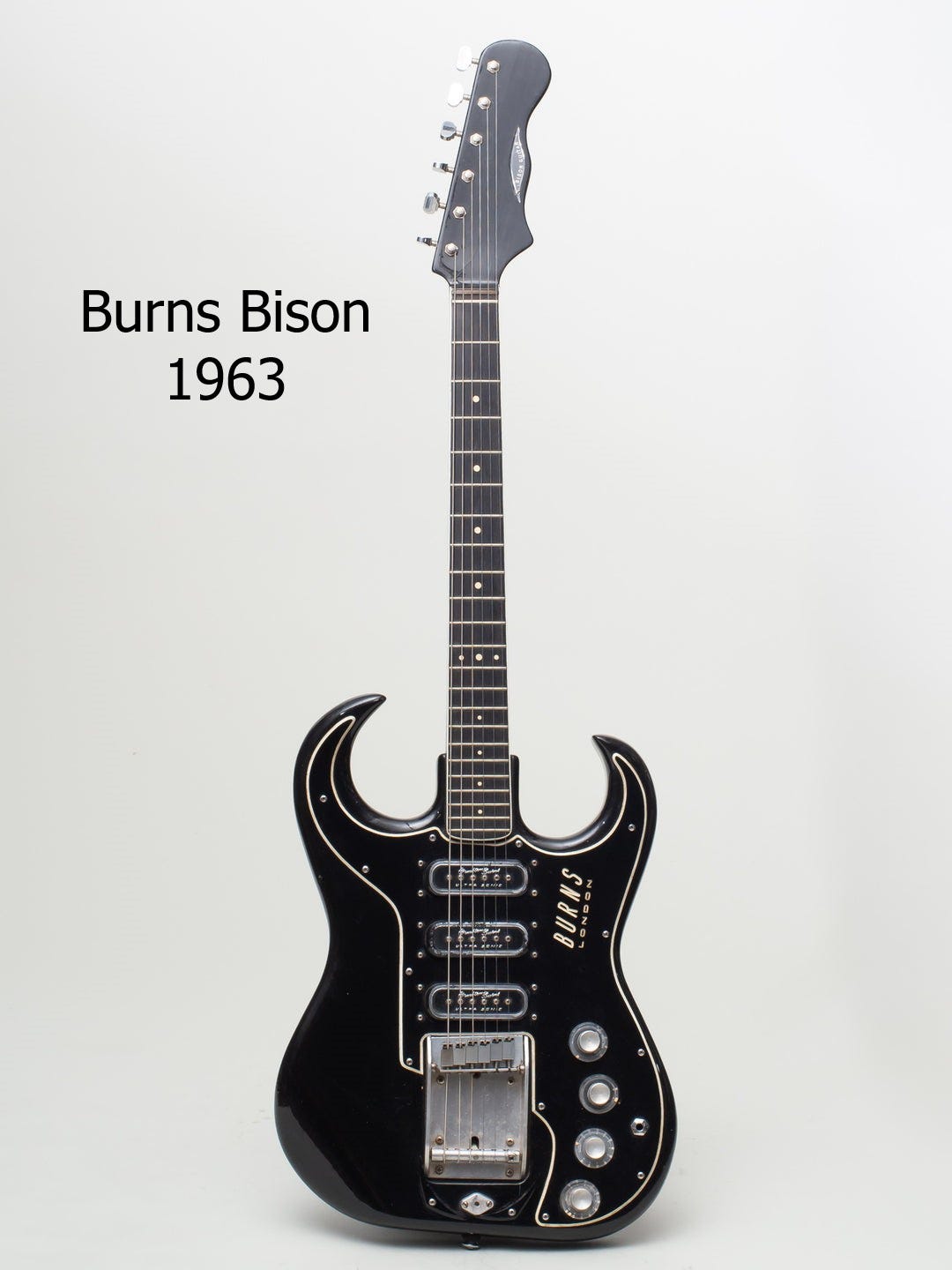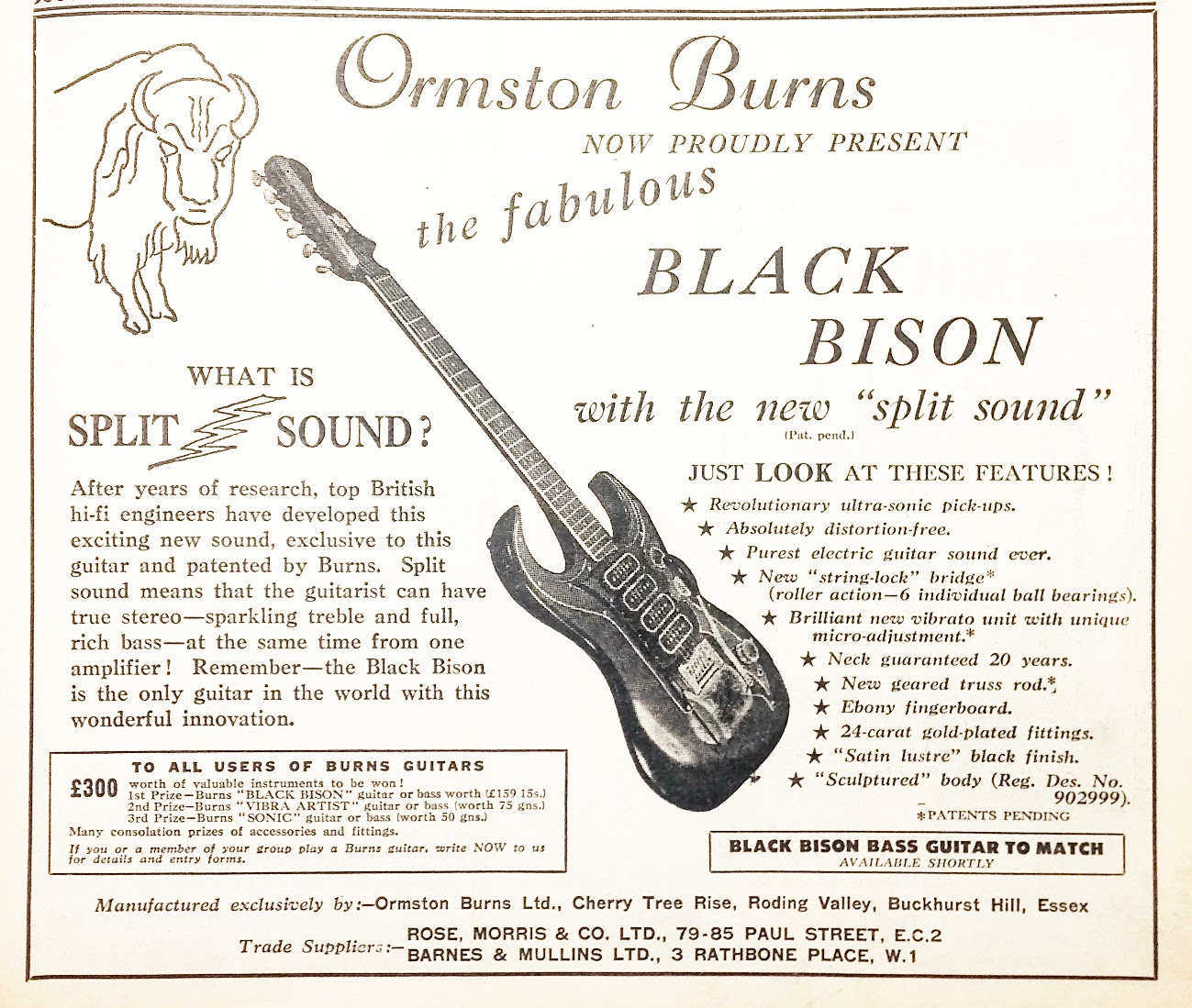Described as the Leo Fender of Britain Jim Burns built his first electric guitar while serving in the Royal Air Force. Growing up Jim was a steel guitar player and the first guitar he ever sold was a lap steel in 1952.
Jim had a repair shop in London and Burns’ first production models came in 1958 under the Supersound amplifier brand, the Ike Issacs and Short Scale Standard. That relationship lasted about a year.
A brief venture between Burns and Henry Weill resulted in the Burns-Weill label, but that only lasted a year as well.
Burns went out on his own in 1960 and founded Ormston Burns London, Ltd.
Electric guitars were exploding in the early 1960s thanks to the growing Beat scene and the Beatles, but American made guitars were not really affordable in Britain thanks to costly tariffs on U.S. goods.
The social and economic conditions were ripe for a Britain based guitar manufacturer to hit a grand slam and that’s just what Burns did.
Here comes the Burns Bison in 1961, debatably his play on a strat. (History also argues the Burns Marvin in 1964 was the strat move.)
(Other Burns guitars were affordable, however, the first generation Bison were not much less than an imported American strat and just under 50 were made.)
It was a fancy higher-end guitar sporting four Tri-Sonic pickups (same pickups in Brian May’s Red Special), forward sloping horns, gold hardware, vibrato, and Split Sound switching.
A year later the four pickup offering was reduced to three. The Split Sound and Wild Dog pickup settings were preconfigured and selected through a rotary knob which also included Treble (bridge) and Jazz (neck and middle).
Jim Burns was not a great businessman and crushing debt caused him to sell the business to Baldwin Piano Company in 1965 for $380,000 USD.
1963 Burns Bison specs: English sycamore body or nato, Maple neck, Rosewood fretboard, Tri-sonic pickups, Master volume and tone control, Pre-set two position tone control, Rotary preset including Wild Dog and Split Sound, Syncromatic bridge




1 comment
It’s hard to tell from the pictures, but the horns on the guitar actually curve upwards slightly like a bison’s.